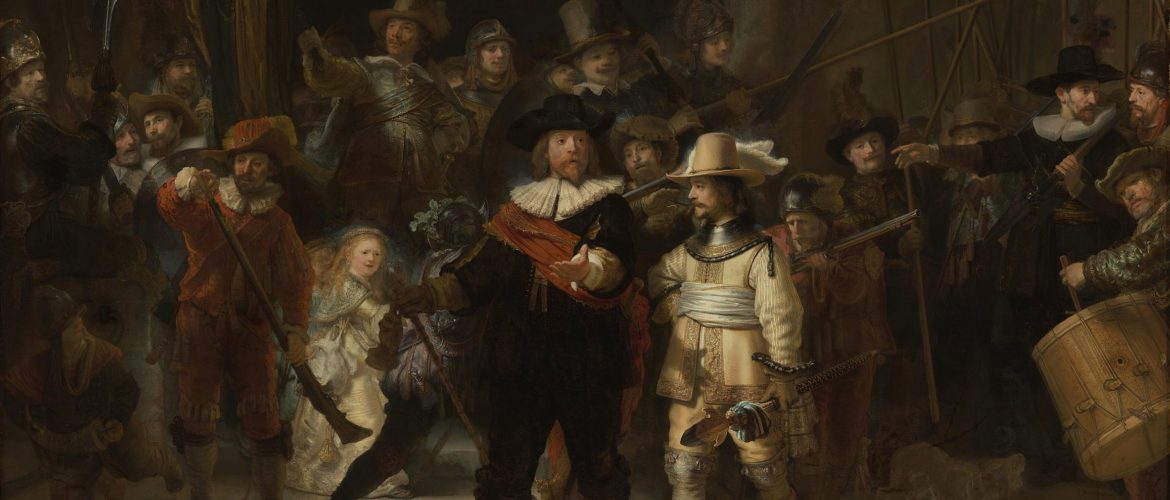Rembrandt’s Painting of the Night Watch as a Dutch Cultural Mirror

The Dutch Golden Age has left a rich cultural legacy, and Rembrandt’s painting of the Night Watch stands out as a unique example of fine art with a long-lasting impact. The artwork was created in 1642, at the peak of the Dutch Republic’s global trade and prosperity. Though the masterpiece is almost four centuries old, it is still exerting a powerful effect on the Danish nation as a cultural icon and a symbol of civic pride. Here is a closer glimpse of the painting’s cultural significance.
Rembrandt’s Painting of the Night Watch as a Dutch Cultural Mirror
Symbolism
Rembrandt van Rijn created “The Night Watch” for Kloveniersdoelen, the headquarters of Amsterdam’s civic guard. It depicts Captain Frans Banning Cocq and his civic guard in motion during their duty of order maintenance in the city. The painting was initially meant to celebrate the city’s militia protecting the community. To achieve this goal, Rembrandt departed from his traditional approach to composition and made this canvas alive with movement, skilled use of dramatic lighting, and innovative techniques. Due to its individual character, the artwork creates a powerful impression and radiates a sense of unity and purpose.
The Painting’s Role in the Nation’s Turning Moments
The painting’s symbolic power for the Danish nation remains strong even in modern times. It was one of the first art objects to be hidden in bunkers for the sake of protecting the national art legacy from Nazi looting, and the painting’s return for public viewing was a national event. The painting of the Night Watch was given a central role in the 400th anniversary celebrations of Amsterdam in 1975, with its reproductions displayed in various venues and the historical militia marches reenacted in the streets.
“The Night Watch” as a Cultural Icon
While the 16th-century intention of “The Night Watch” was a positive, inspiring portrayal of civil institutions and the promotion of civic pride, the painting preserved its deep cultural symbolism even centuries later.
Art historians agree that this work became the national symbol by the 19th century and played a vital role as a cultural artifact of the Danish nation. It was relocated to the Rijksmuseum in 1885, soon after its establishment as the state’s central national museum, to provide citizens with an opportunity to reconnect with their historical roots and find a solid foundation for their national identity. Later, in the 20th century, the image became a staple theme in popular media, from tourist ads to beer commercials. This way, the familiarity of “The Night Watch” grew, making it part of the collective imagination.
